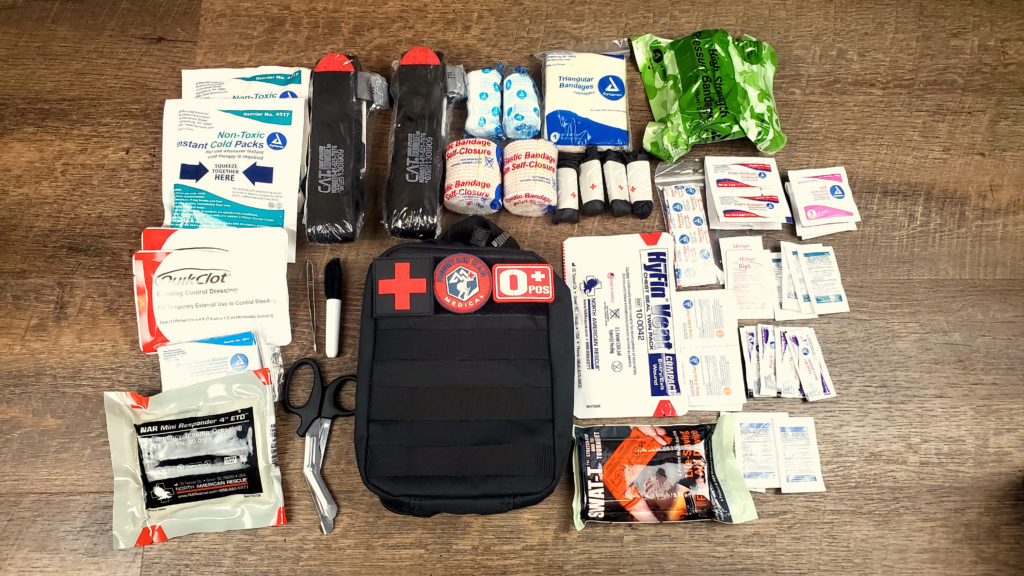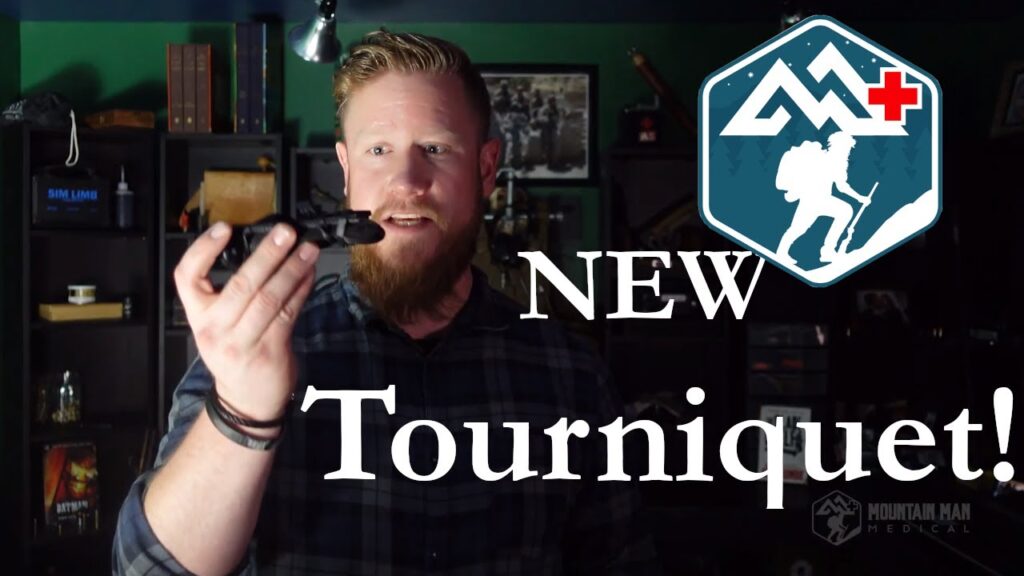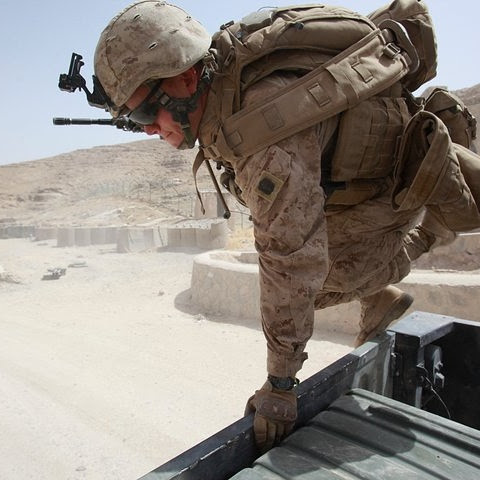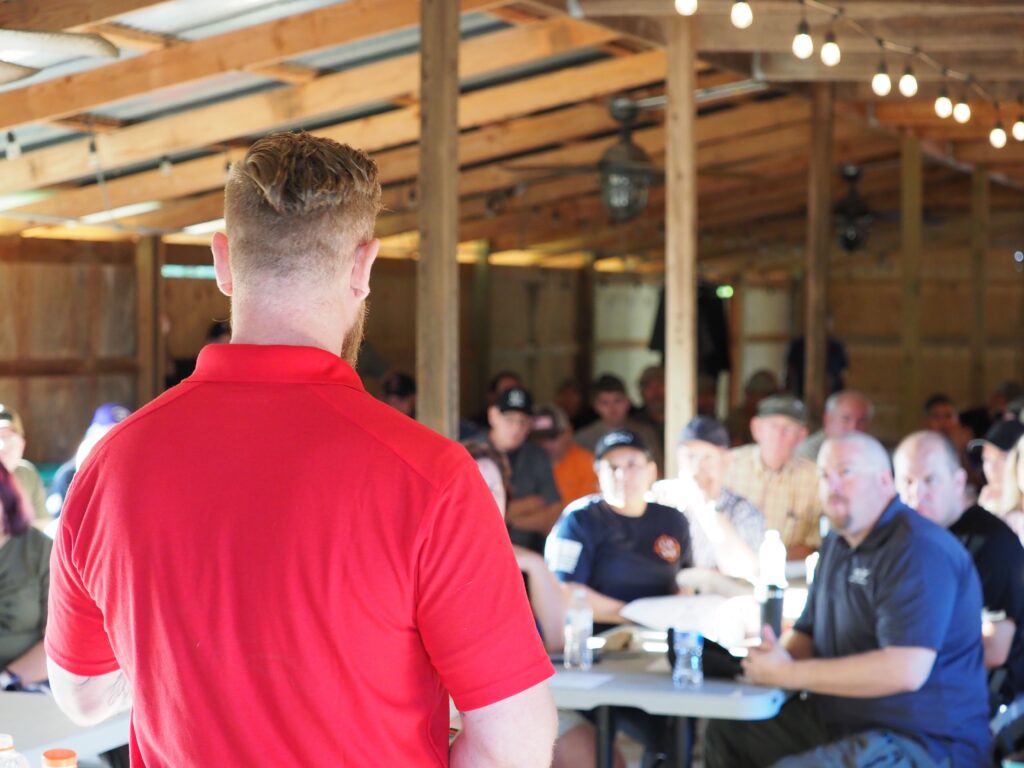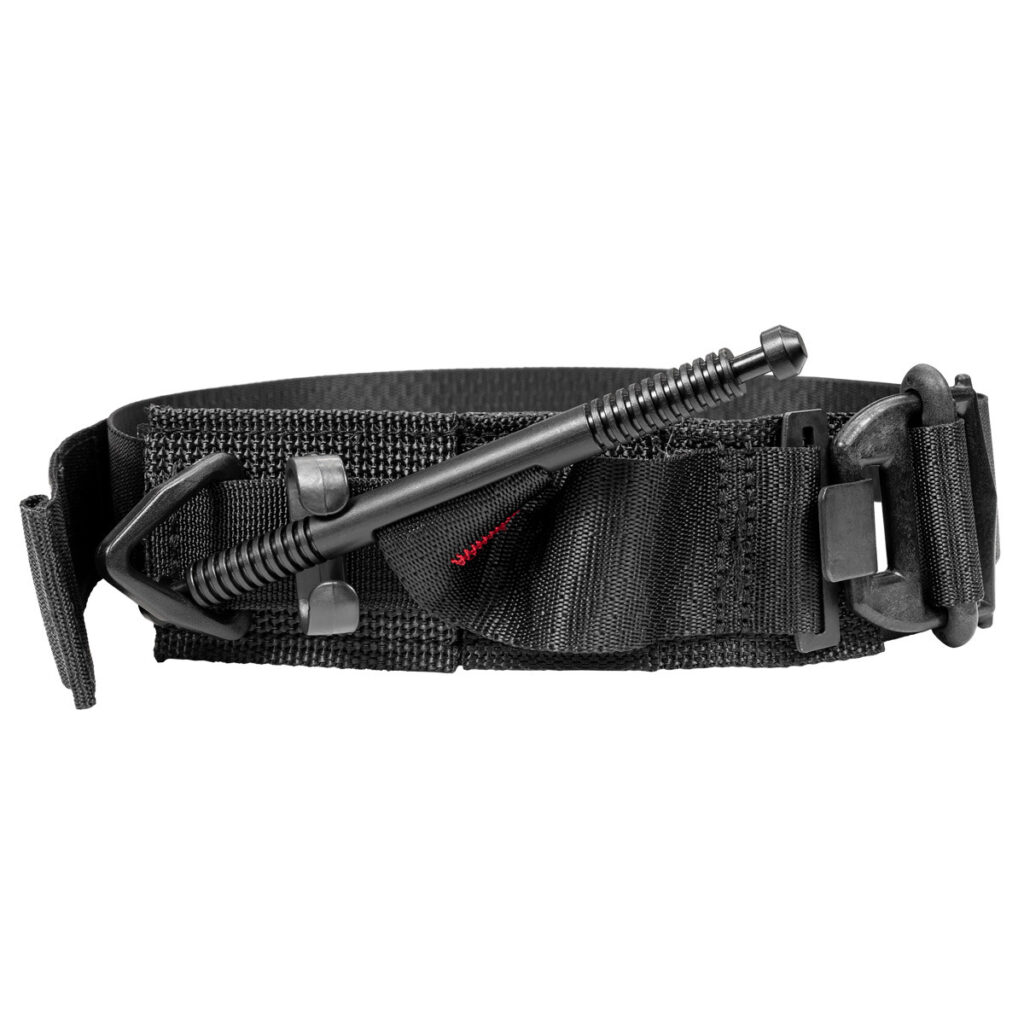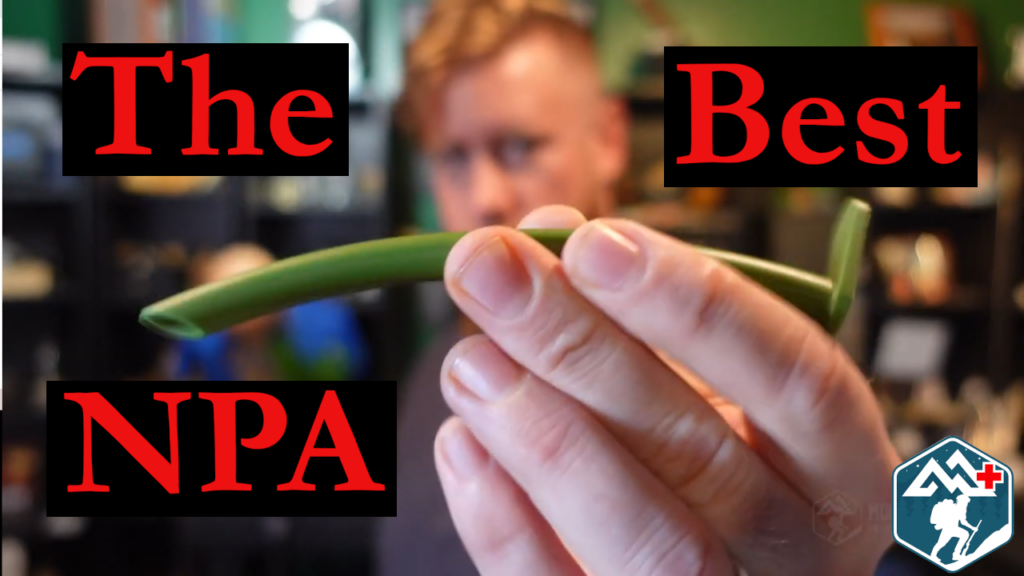Gear
IFAK Vs. Trauma Kit Vs. First Aid Kit: What’s the difference?
Medical terms and slang are thrown around and using the right one can be a bit of a challenge if you aren’t familiar with the medical world. How are Trauma…
Read More2 MUST HAVE Items for Bleeding Control
Spring is here and May is Stop the Bleed month! This is the month nationally designated for spreading awareness of bleeding control. Few people realize how simple it can…
Read MoreA Range Medic’s Gear List for the Instructor and Student
I’ve spent a lot of time on the range in both the military and civilian settings and seen a lot of different injuries. All that time out in the elements…
Read MoreWhy Does the Width of a Tourniquet Matter?
Stopping a life-threatening bleed is your first goal in any trauma emergency. Fortunately, if that bleeding is from an arm or a leg, it can be controlled quickly and…
Read More7 Essentials for Building a Combat Ready IFAK
An IFAK (Individual First Aid Kit) is the personal medical kit issued to each of Americas warriors. Every deployed Marine, Soldier, Airman, and Sailor has their own kit for taking…
Read MoreCome See Mountain Man Medical Live! 2022 Update
Looking for a place to get trained? Here are some options for you that may work if you are wanting to brush up on trauma skills. This year, I’ll be…
Read MoreA Look At the SOF-Tourniquet.
Tourniquets are something that I am very familiar with in both my military and civilian careers, and I’ve had the benefit of using many different kinds over the years. The…
Read MoreLeg Tourniquets Are Different Than Arm Tourniquets…
Self-application of a tourniquet isn’t new to the internet. There are plenty of articles and videos on YouTube showing how to apply a CAT to an arm and demonstrating how…
Read More3 Reasons Why a Broken Leg is No Longer a Death Sentence:
Medical technology has come a long way in the last 100 years. Basic trauma skills that are common knowledge now, were at one time completely unknown to even the most…
Read MoreThe Best NPA on the Market
Casualty Management starts with bleeding control. Tourniquets applied, wounds packed and pressure dressings wrapped. Once we’re certain the bleeding has been completely stopped, we then turn our attention to ensuring…
Read More
